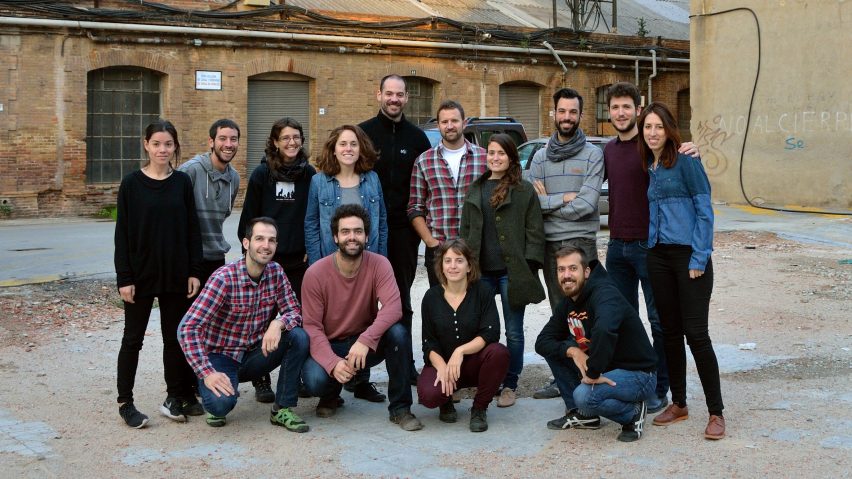
Five notable projects by emerging Spanish architecture collective Lacol
From a converted ship-sail factory to a housing cooperative built from cross-laminated timber, here's a look at five significant projects by the emerging architecture collective Lacol.
The 14-strong group of Spanish architects (above) came together as students in Barcelona in 2009 and today operate as an architecture cooperative that strives for social and environmental justice through the design of sustainable community infrastructure.
Lacol is also tackling the lack of affordable homes in Barcelona through the development of housing cooperatives that offer residents ownership and control.
"We work to generate community infrastructures for the sustainability of life, as a key tool for the eco-social transition, through architecture, cooperativism and participation," said Lacol member Núria Vila.
"We started in 2009 as architecture students renting a space to work on our academic projects," she told Dezeen. "Then we founded a collective and started collaborating with neighbourhood associations and cooperatives in Sants, Barcelona, where our studio is located."
Lacol's female partners were recently named as the winners of the Moira Gemmill Prize for Emerging Architecture at this year's W Awards for women in architecture in recognition of their efforts to take "architecture out of the traditional client-user commissioning relationship by politicising it".
The group hopes that through its future work and recognition in the W Awards, it can also help "give more visibility to women in a very masculinised field".
Read on for five key projects by the collective:
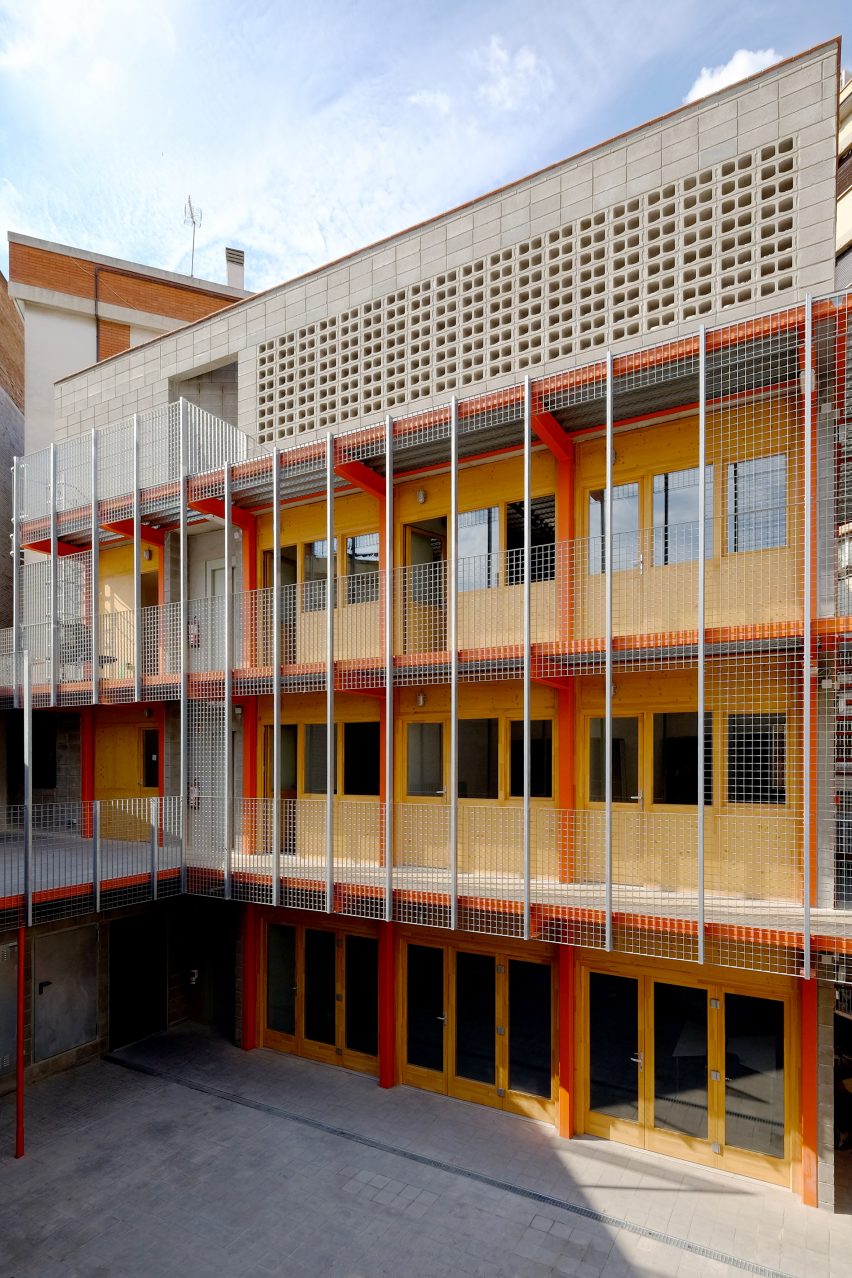
La Comunal, 2020
One of Lacol's latest projects is the overhaul of a group of abandoned ship-sail factories from 1926 to create workspaces for eight Barcelona-based cooperatives – including itself.
The project involved the restoration of the original factory buildings and the introduction of greenhouses, water recycling systems and high performing insulation that help improve its environmental performance.
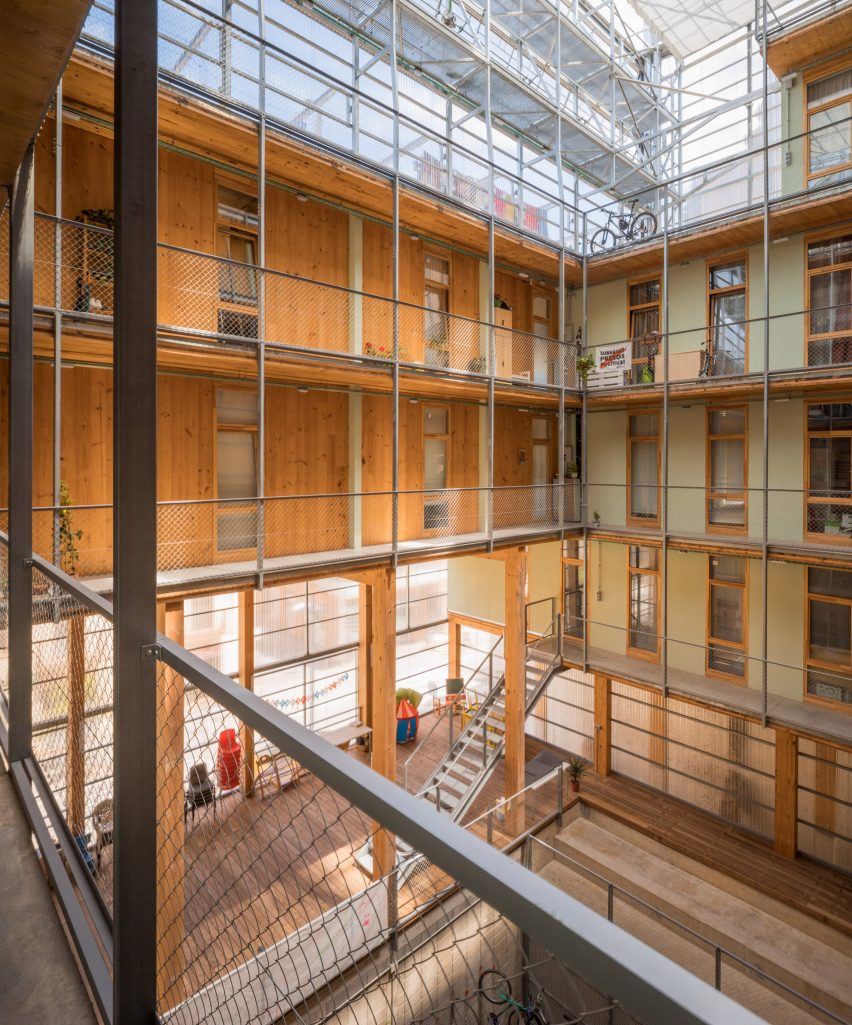
La Borda, 2018
La Borda is a housing cooperative completed in 2018 in a former industrial neighbourhood of Barcelona. According to Lacol, it is one of the tallest cross-laminated timber buildings in Spain.
The collective developed it through participatory workshops with its future inhabitants, who now own and control the building. A quarter of La Borda is dedicated to shared spaces, which are arranged around a central courtyard alongside 28 homes.
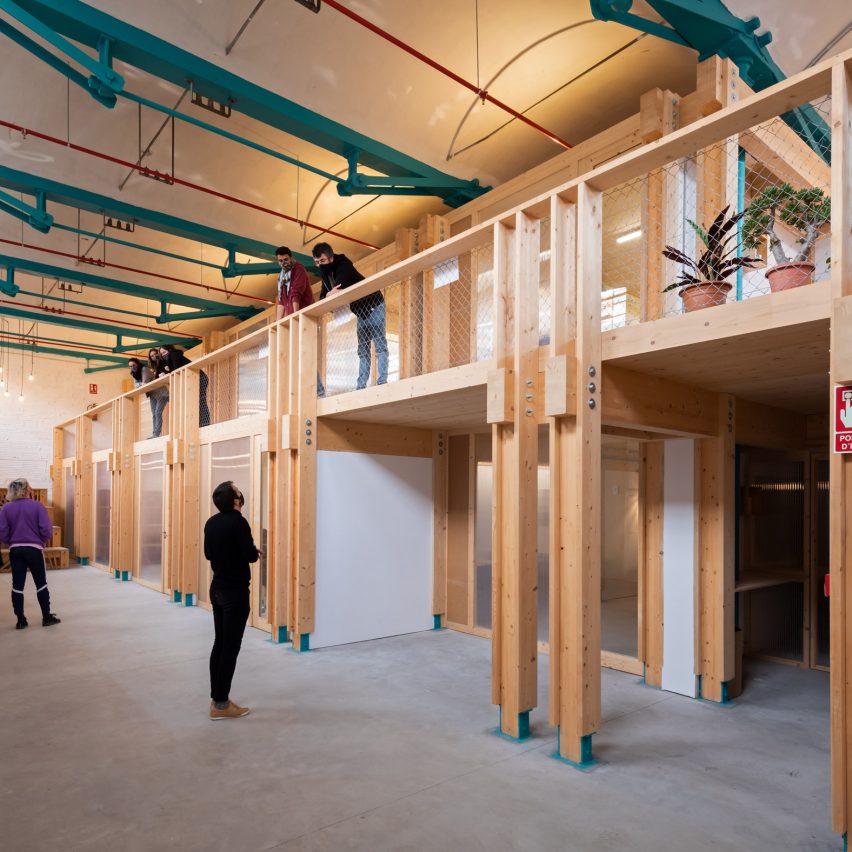
Coòpolis, 2017
Elsewhere in Barcelona, the group built a facility called Coòpolis that offers spaces for the training and support of other groups striving for a "cooperative economy" in the Catalan capital.
It occupies a former industrial complex and is intended as a low-cost, temporary intervention, using recyclable wood as the primary material alongside others that were upcycled from the site.
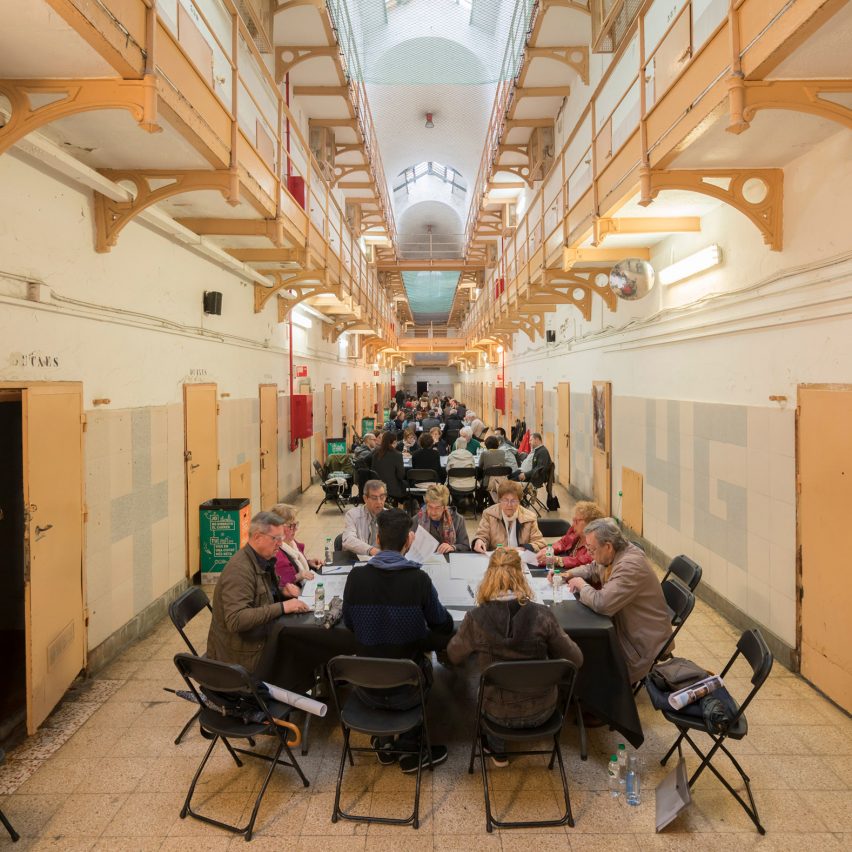
La Model Participatory Process, 2018
In the lead up to the closure and renovation of an old prison in Barcelona, Lacol has worked with the city's council to carry out workshops with locals to gather ideas on how the building should be reused.
While discussing how the building could best meet the needs of the neighbourhood, the collective also invited discourse on the degree of preservation and urban configuration surrounding the site. The result is a set of guidelines for the designer that takes on the transformation.
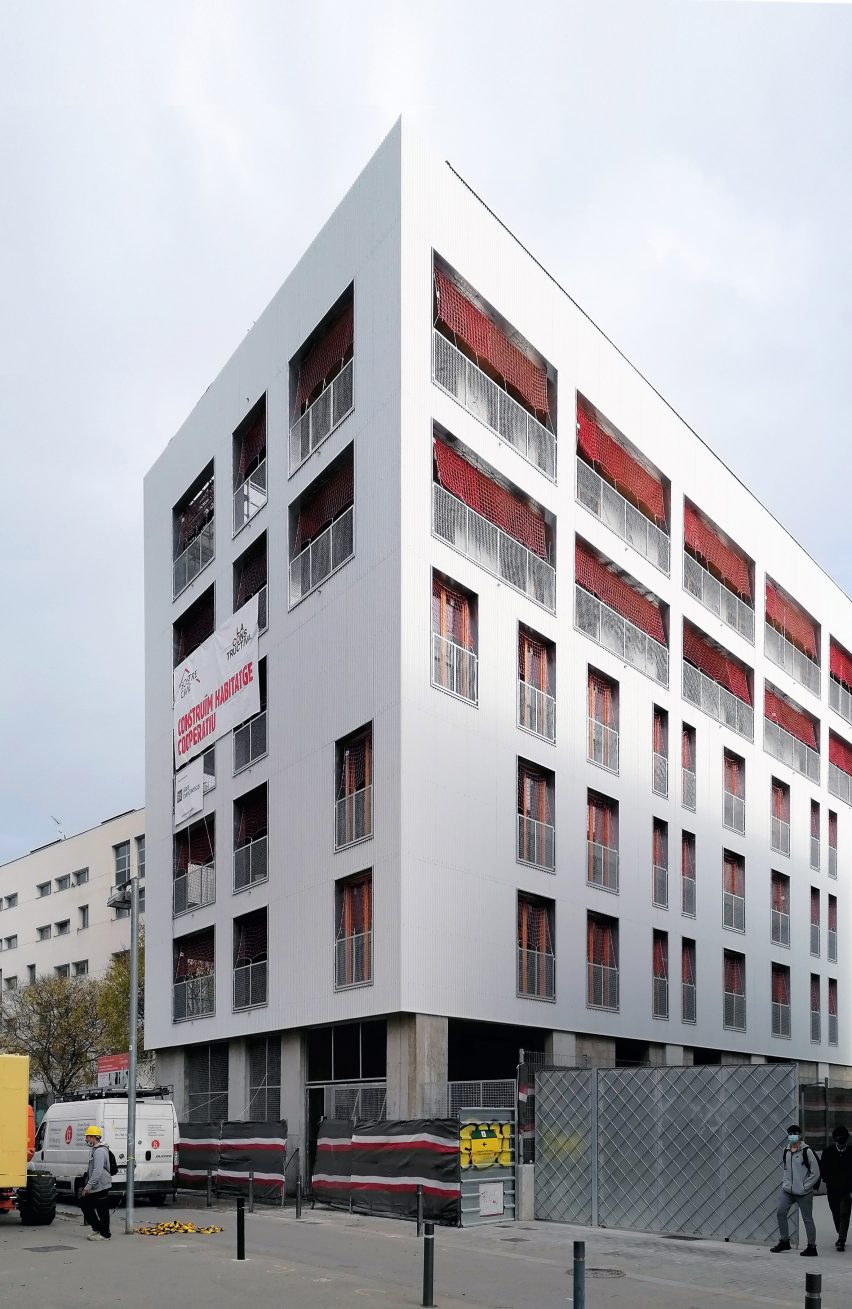
La Balma, 2021
Following the success of the La Borda, the studio is currently developing another housing cooperative called La Balma, which is due to open in the Poblenou neighbourhood later this year.
It will contain 20 affordable homes, as well as a rooftop garden and a ground floor filled with community spaces to "enhance human relationships, spontaneous encounters, and cooperative activities" according to Lacol.